Blog
Resources & Insights
Keep up with the latest interviews, technologies, and resources at Atlas Cloud.
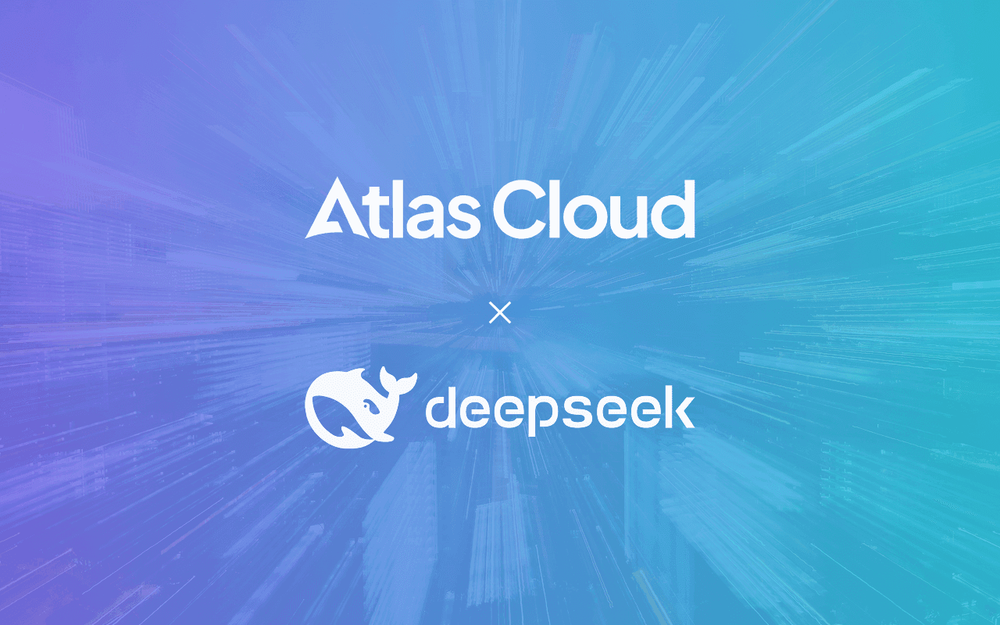
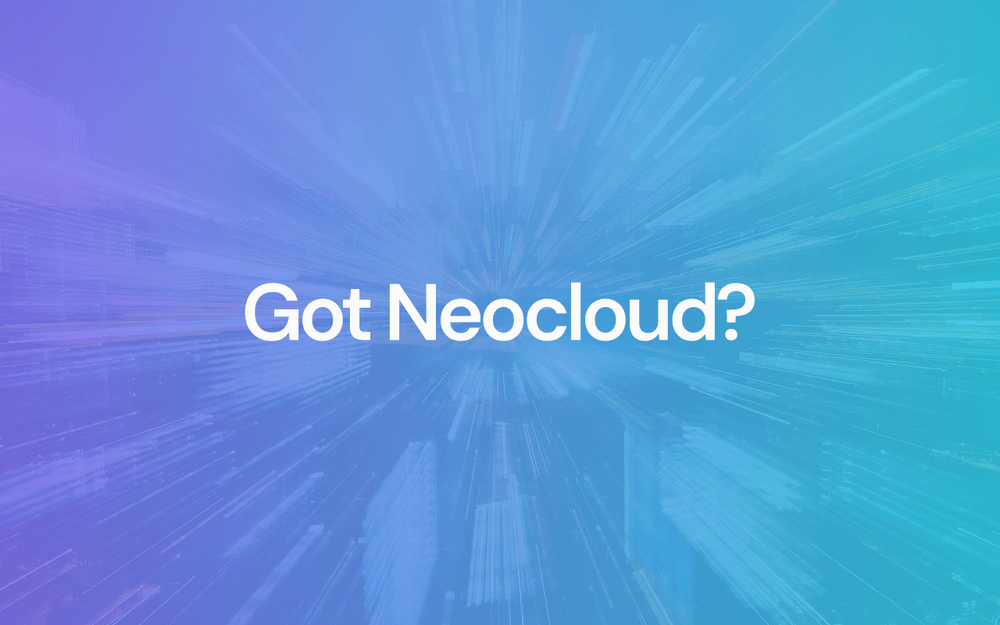
Atlas Cloud
May 28, 2025
Atlas Inference: Doing DeepSeek Better Than DeepSeek
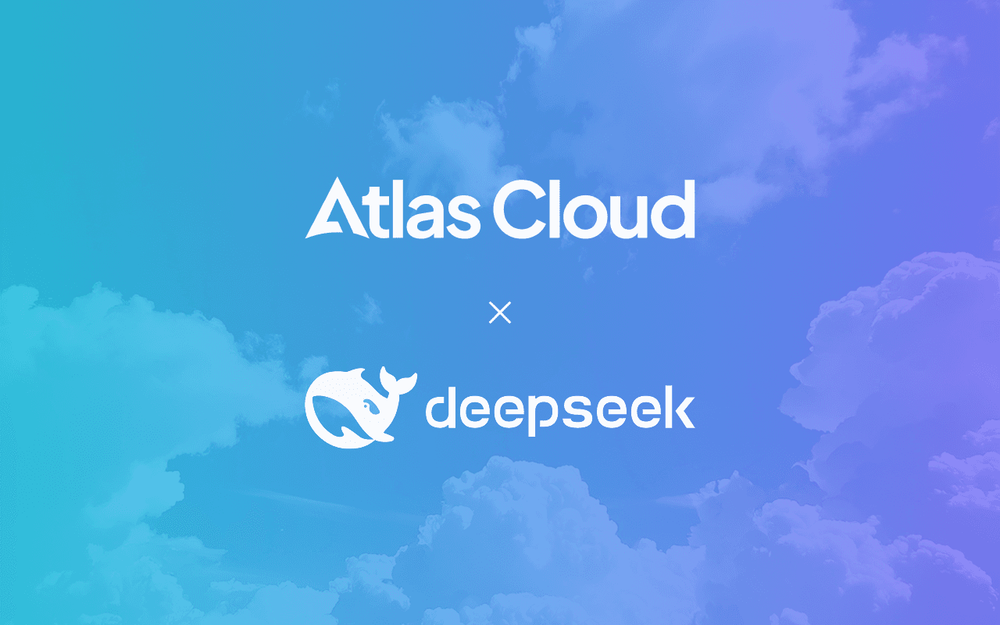
Jerry Tang
May 15, 2025
Compute Economics: Reclaim Margin with Smarter GPU Strategy
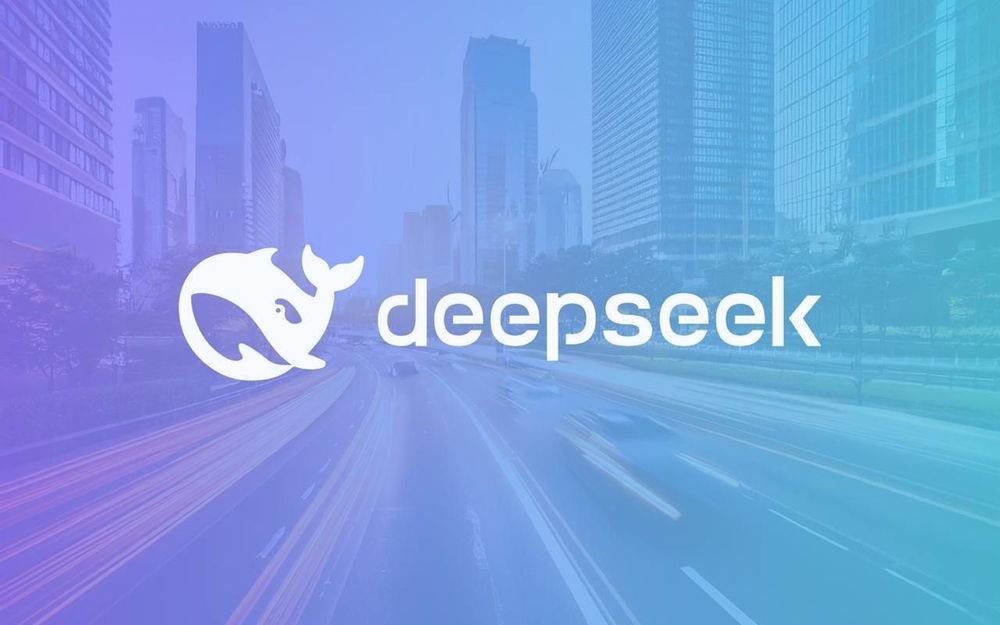
Zobin Huang
April 4, 2025
Analyzing DeepSeek-V3 Model Performance

Dean Yu
April 1, 2025
What Is a Neocloud? | Technologies, Anatomy, and Support
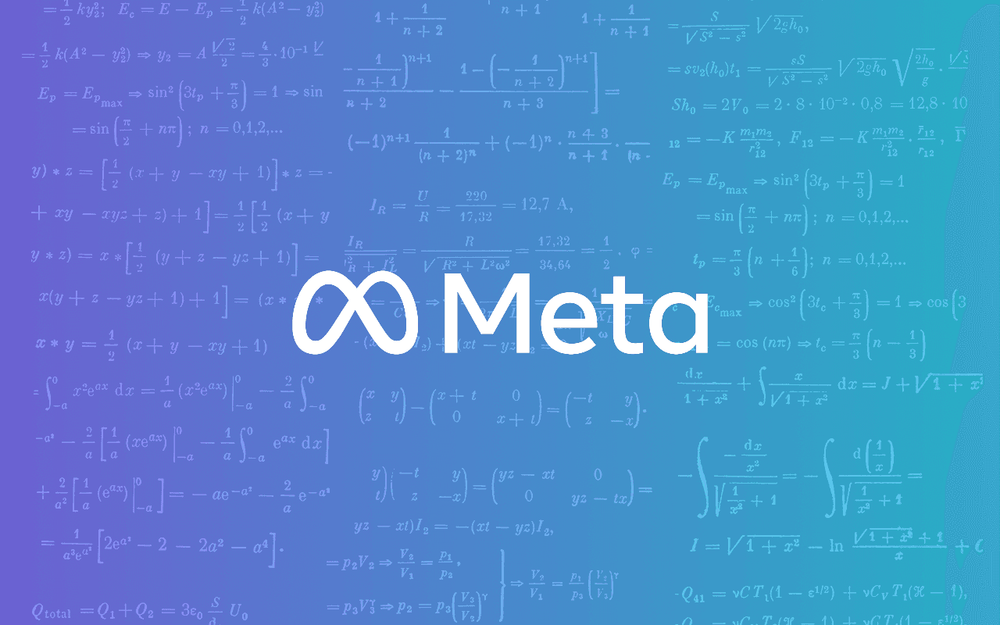
Atlas Cloud
March 11, 2025
SGLang Private Deployment - DeepSeek-R1

Atlas Cloud
March 3, 2025
Cross-Node Expert Parallelism: DeepSeek's Leap in Throughput and Latency Efficiency
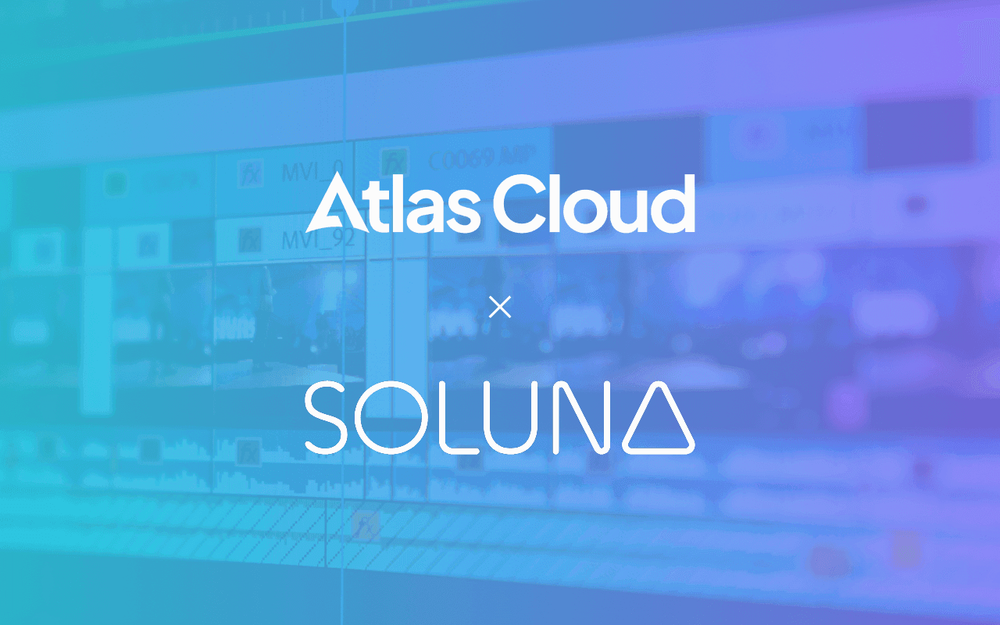
Jason Dotson
February 5, 2025
AI Video At Scale